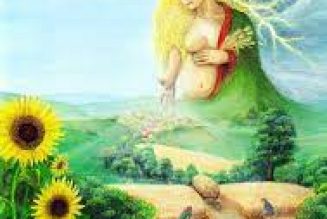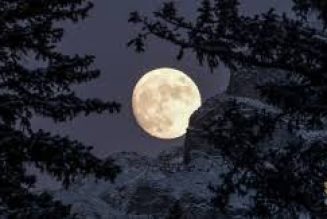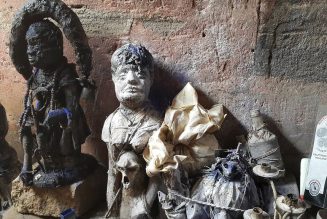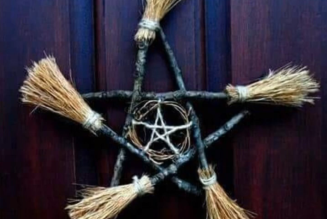A term used by Witches and Pagans to refer to the period in Western history of intense witch-hunting and executions, generally the mid-15th to mid18th centuries.
Burning, one of the most extreme forms of execution, was urged by St. Augustine (354–430), who said that pagans, Jews, and heretics would burn forever in the eternal fire with the Devil unless saved by the Catholic Church.
During the Inquisition, charges of witchcraft were used against heretics, social outcasts, and enemies of the church.
Such individuals were declared to have renounced God and formed a compact with the Devil.
Fire is the element of purification, so nothing less than fire could negate the evil of witchcraft.
Jean Bodin, a 16th-century demonologist, stated in De la démonomanie des sorciers:
Even if the witch has never killed or done evil to man, or beast, or fruits, and even if he has always cured bewitched people, or driven away tempests, it is because he has renounced God and treated Satan that he deserves to be burned alive . . .
Even if there is no more than the obligation to the Devil, having denied God, this deserves the cruelest death that can be imagined.
Not all witches were burned at the stake; hanging was the preferred means of execution in some countries, including England and the American colonies.
In France, Scotland and Germany, it was customary to strangle condemned witches first, as an act of mercy, by either hanging or garroting and then burn them to ashes.
Nonetheless, many were burned alive, especially if they recanted their confession at the last moment or were unrepentant of their “crimes.”
The expenses of the burning—along with all the expenses of the trial and the stay in jail—were billed to the deceased’s relatives or estate.
Witch lynchings and burnings continued sporadically into the late 19th century in England, Europe and Latin America.
There are no reliable figures of the numbers of persons burned or otherwise executed for witchcraft.
Estimates by historians range from 200,000 to 1 million.
Pagan authors have cited 9 million as the number of victims, but this is an inflated figure without evidence of support.
The burning of a witch was a great public occasion.
The execution took place shortly after the sentencing, just long enough to hire an executioner, construct the execution site and gather the fuel.
In Scotland, a witch-burning was preceded by days of fasting and solemn preaching.
The witch was strangled first, and then her corpse—or sometimes her unconscious or semiconscious body—was tied to a stake or dumped into a tar barrel and set afire.
If the witch was not dead and managed to get out of the flames, onlookers shoved her back in.
Records of trials in Scotland report that burning a witch consumed 16 loads of peat plus wood and coal.
In 1608 witches in Brechin, Scotland was executed in the following manner, according to original records as cited in Enemies of God:






